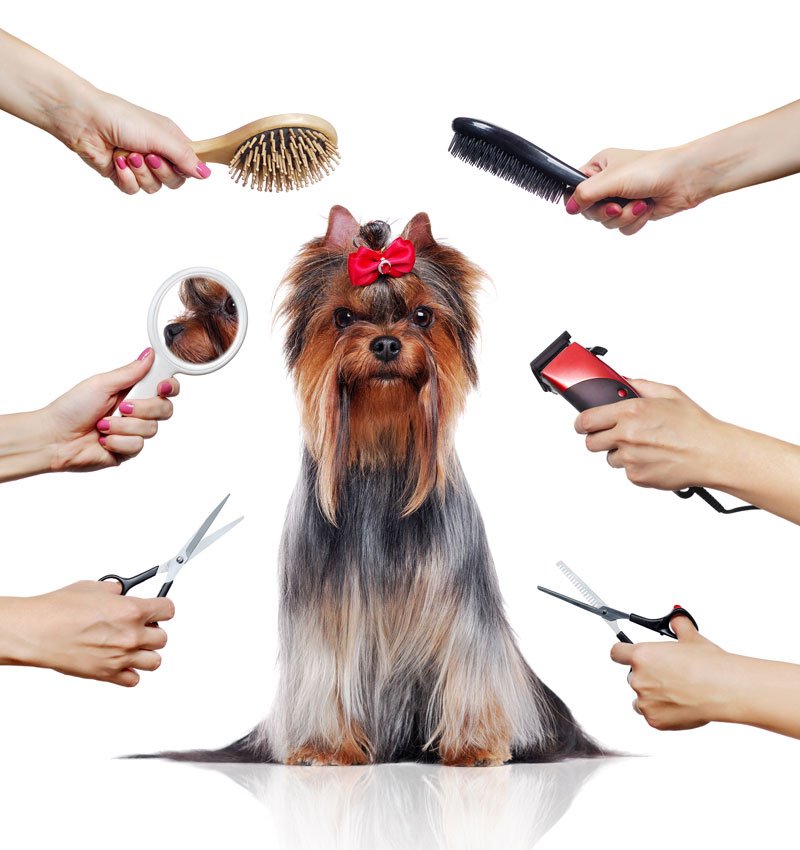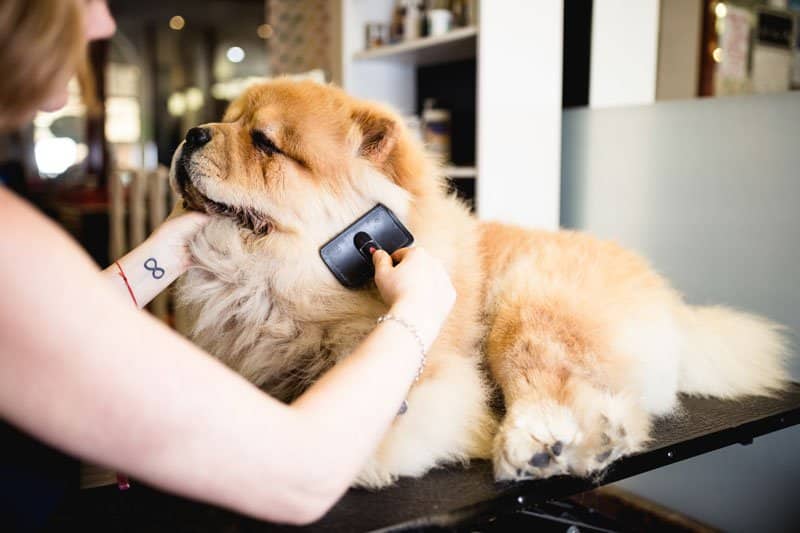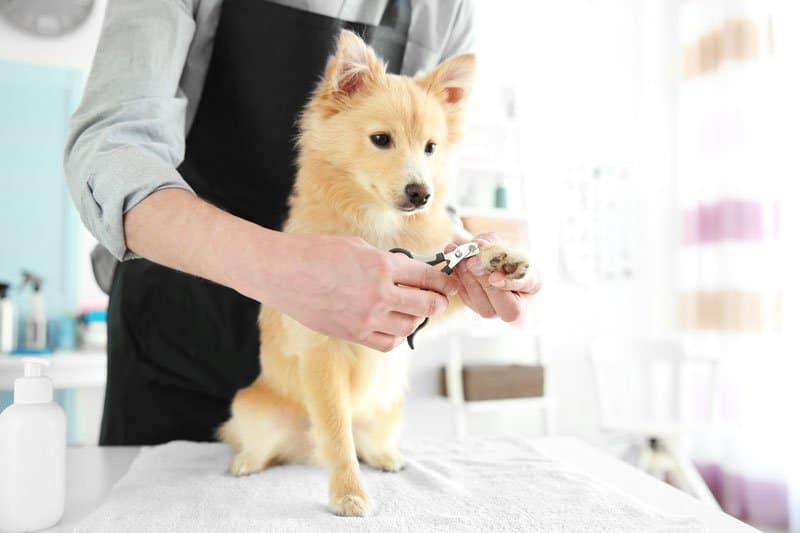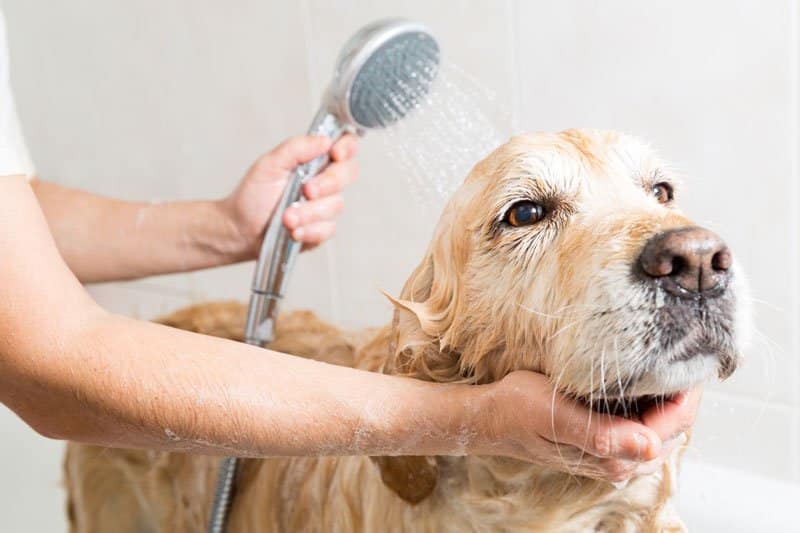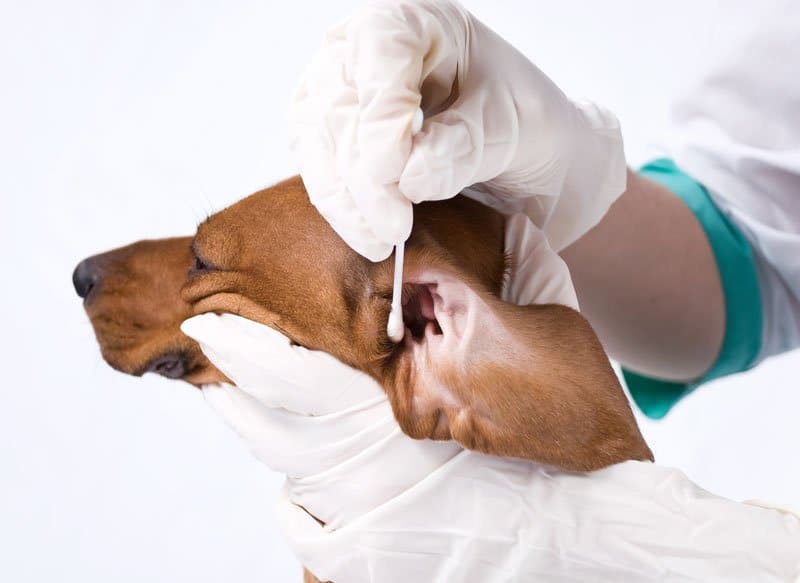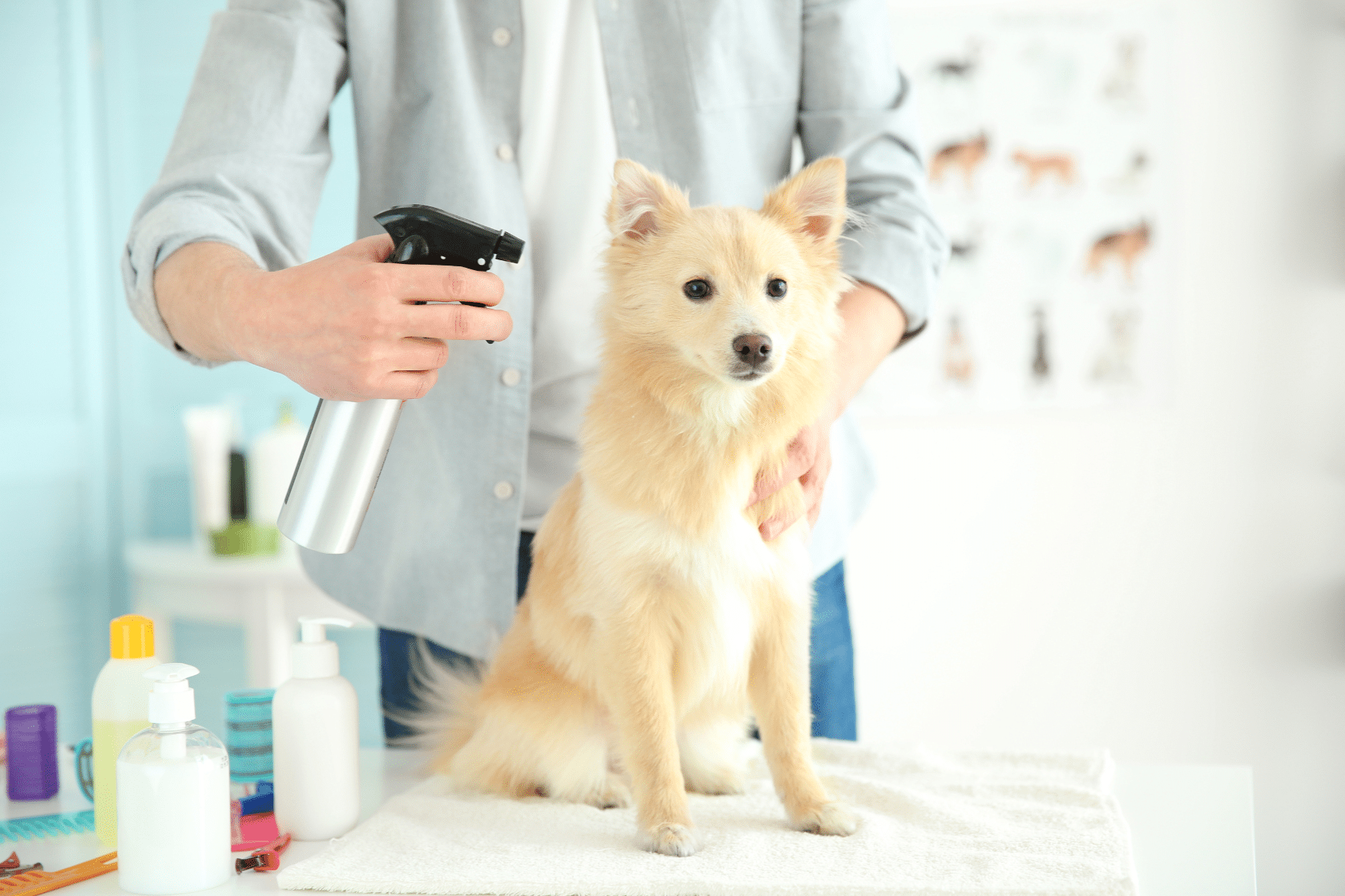Set Your Grooming Shop up for Success

Some of your best friends in life go by the names of Rufus, and Max and Bella.
What can you say? You’re an animal lover. It’s no wonder that you own an animal grooming shop.
Research shows that the United States pet grooming business has increased by nearly 7% during the last five years, reaching revenue totaling $8 billion in 2018. So, now is a great time to be in business.
The question is, do your groomers have what it takes to keep you in business?
Here’s a rundown on 11 animal grooming tips for 2019 that’ll set your groomers up for success.
Let’s get started!
1. Have the Proper Animal Grooming Supplies on Hand
Here’s a rundown on some grooming supplies that your groomers should have access to:
- Clippers
- Safety scissors used to trim hair
- Toothbrush plus animal toothpaste
- Hair dryer
- Shower spray attachment
- Shampoo designed for specific animals/ pet species
- Detangler/conditioner
- Nail file and trimmers
- Brush
- Metal comb
- Ear cleaner
- Cotton balls
It may also behoove your groomers to use ophthalmic ointment in the animal’s eyes to shield them from debris and shampoo. Styptic powder can also come in handy if they accidentally cut a dog’s nail way too short, for example.
2. Use the Proper Grooming Approach
Your groomers should begin grooming by touching the animal’s various body parts in a gentle manner.
Pets become familiar with positive associations through praise and repetition. So, it’s critical that your groomers are kind yet firm in their intentions.
The whole point is to help the animal to enjoy the grooming experience.
3. Master Combing and Brushing
Combing and brushing should feel good to your animal client. After all, it distributes the skin’s natural oils, and it also removes tangles and dead hair.
If an animal’s coat is particularly thick, your groomers should comb all of the way to the animal’s skin.
Of course, being patient and gentle is paramount. If your groomers aren’t careful and apply too much pressure, they can cause brush burn, a form of skin irritation.
Also, pulling tangles too hard will cause the animal discomfort. In this situation, a detangler may need to be applied to dry hair so as to loosen stubborn knots.
4. Use the Correct Brushes
Various brushes can be used for a variety of animal coats.
For instance, you can use a pin brush or curved slicker brush for a long, straight coat.
Meanwhile, a regular slicker brush is ideal for hair that is medium length and for a coat whose undercoat is dense. A rake can be especially handy for brushing an undercoat in an animal’s shedding season.
You can also use a rubbery curry or grooming mitt for brushing a short, smooth coat.
Once you’re finished brushing, an all-purpose comb can come in handy for working those small knots that your brush might have missed.
5. Handle Nails with Care
When grooming an animal’s nails, your groomers should pick up the first foot and search for the quick — the part of the nail where the supply of blood ends. They need to avoid cutting this area, as it will cause pain and bleeding.
If the groomers do accidentally cut into the quick, they can apply styptic powder to the area and place pressure on it for half a minute.
They should also remember to trim the animal’s dewclaws.
6. Exercise Caution with the Animal’s Coat
When it comes to trimming an animal’s coat, your groomers need to avoid drastically changing how long its natural coat is. Otherwise, the pet will require protection from sunshine and cold.
Also, keep in mind that some coats aren’t great at growing back. That’s why it’s wise to keep the animal’s coat its normal length as a general rule of thumb.
7. Give Baths Properly
When bathing animals, your groomers need to make sure that the water is warm — even during the summer. This is because water that is extremely cold can make the animals chilly and leave them with a negative association with bathing.
In addition, when bathing smaller animals, your groomers need to support them while they’re in the tub; otherwise, they may panic.
Also, be sure that your groomers dry the animals fully to prevent them from becoming too chilly afterward.
8. Check the Ears
When it comes to the ears, your groomers should always check to see if an animal’s ears are clean.
If the animal’s ears are clean, your groomers can still massage them so that they have a positive association with touch.
9. Clean the Ears Correctly
If the animal’s ears happen to be dirty, have your groomers dampen a ball of cotton with ear cleaner, then wipe the ears with it.
Avoid using cotton swabs, as they can go too far into the ear and result in damage.
10. Brush the Teeth
To massage an animal client’s teeth, your groomers can gently massage the animal’s gums and then brush its teeth. This should be done on pets both large and small, ranging from small rodents to large horses.
Brushing the animal’s teeth regularly will help to promote fresh breath and a healthy mouth long term.
11. Pay Special Attention to Certain Dog Breeds’ Features
Note that particular breeds of dogs, in particular, have specific grooming needs.
For instance, bulldogs need attention between their faces’ folds. Also, droopy ears on a dog might be more susceptible to issues, so it’s critical that your groomers monitor them closely.
How We Can Help
We offer top-of-the-line business software designed specifically for pet grooming salons, as well as mobile pet groomers and pet daycare facilities.
Get in touch with us today to find out more about how our program can help you to offer animal grooming and other services more effectively and efficiently in the years ahead.

